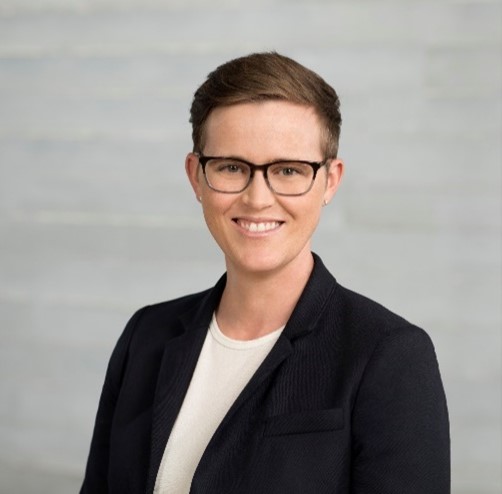Pediatric Healthcare Design: Practical Applications of VR, Eye-Tracking, and Biosensors
AIAU24-AAH06R
 Included in subscription
1.0
LU|HSW
Course expires on: 06/26/2027
Included in subscription
1.0
LU|HSW
Course expires on: 06/26/2027
Description
Research shows the design of pediatric inpatient rooms significantly impacts the emotional and physiological well-being of young patients and their families. Hear findings from studies using virtual reality (VR), eye-tracking, and facial electromyography (EMG) to evaluate various design elements, including artwork, privacy features, and social support areas. These studies provide evidence-based insights into creating therapeutic environments that enhance comfort, reduce stress, and improve patient experience and satisfaction.
Learn how to apply these innovative methodologies in practical settings to improve health care outcomes. Explore the implications of these findings for architects and designers, emphasizing the role of neuroarchitecture and biofeedback in developing effective and supportive health care environments. This course is aimed at professionals who are seeking to incorporate research and technology into pediatric health care design to foster health and well-being. Presented in partnership with the Academy of Architecture for Health (AAH).
This course was recorded live on August 13, 2024.
Learning Objectives
Using insights from VR, eye-tracking, and EMG studies, understand the impact of design elements such as artwork, privacy features, and social support areas on the well-being of pediatric patients and their families.
Identify design elements that enhance comfort and reduce stress in pediatric health care settings, focusing on room layout, decor, and privacy features.
Recognize the differing design preferences of younger children (ages 8–11) versus older children (ages 12–17) and their implications for health care design.
Apply evidence-based design principles to create therapeutic health care environments that support the emotional and physiological well-being of pediatric patients, integrating findings from VR and biofeedback technologies into practical applications.
Presented in partnership with the Academy of Architecture for Health (AAH).


Nick Faust graduated from the University of Kansas with a Master of Architecture degree in 2018 with an emphasis in Health & Wellness Design. Nick became a licensed Architect (Texas) in 2020 and holds EDAC and WELL Building certifications. Beginning in 2017, Nick has worked for Lawrence Group in their St. Louis, MO and Austin, TX offices on numerous projects ranging from clinic and laboratory renovations to grounds up expansion hospitals.


